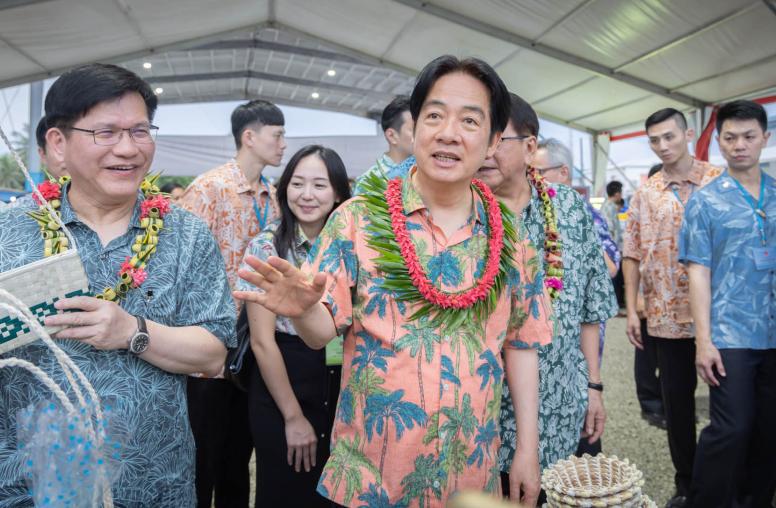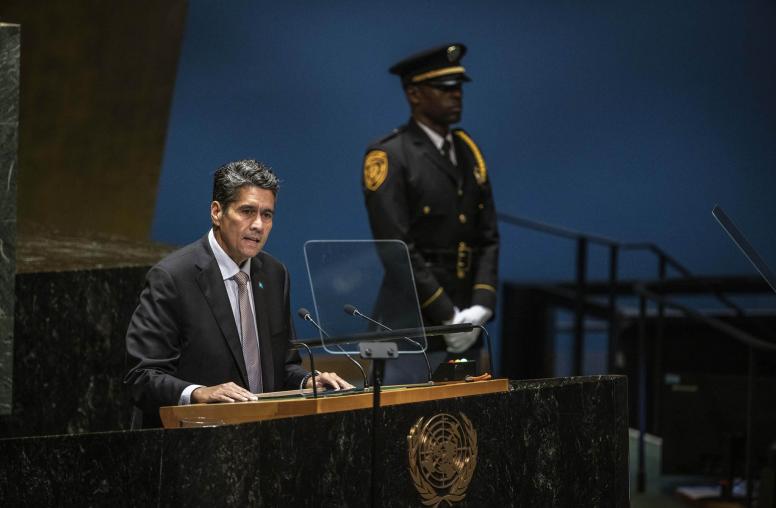 Palau
Palau
Palau, a key U.S. partner under the Compact of Free Association, plays a strategic role in regional security and governance. As a small island country with a large maritime domain, Palau faces challenges related to illicit activities, transnational crime and external influence. USIP is engaging with the Palau government to improve governance and resilience in support of Palau’s efforts to prevent conflict and promote stability.
Featured Research & Analysis

After Taiwan’s Pacific Diplomacy, China Steps Up Military Pressure
In early December, Taiwan President William Lai Ching-te embarked on his first foreign travel, visiting three Pacific Island nations with stopovers in Hawaii and Guam. Upon his return, China deployed a show of military force to send a clear message that Beijing is intent on ratcheting up its coercion in the region and further squeezing Taiwan’s international space.

What to Know About Palau’s Election: Taiwan, China and Other Key Issues
After Palau held its presidential election on November 5, incumbent President Surangel Whipps Jr. was announced as the winner this week. Palau — an archipelago of more than 300 islands to the east of the Philippines and southwest of Guam — is one of Taiwan’s few remaining diplomatic partners in the region and has seen an increasing U.S. military presence in recent years, making it a focal point for competition between the United States and China. Palau gained independence from the United States in 1994 and has maintained a close relationship with Washington ever since under the Compact of Free Association.

China’s Edge in the Pacific Islands: Xi Jinping Makes Time for Leaders
If the U.S. government wants an edge over China in the Pacific Islands, it needs to facilitate more meetings between the president of the United States and regional leaders, preferably one-on-one. When Pacific Island leaders fly to Beijing, they often have a one-on-one meeting with Chinese President Xi Jinping, but such a meeting between the leader of a Pacific Island country and a sitting president of the United States has never taken place. The White House has only conducted joint meetings with Pacific Island leaders. Sometimes even joint meetings don’t make the cut.